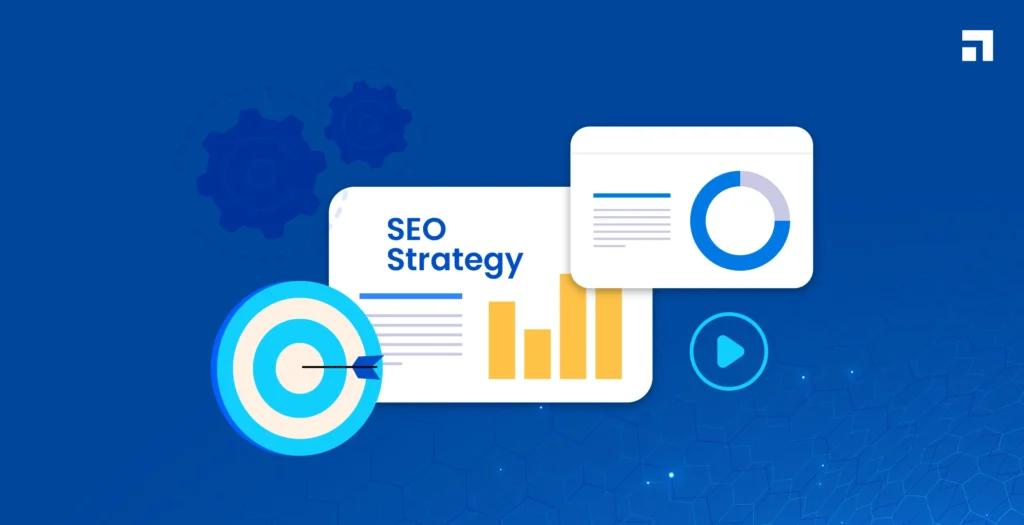In the fast-paced digital world, having a website without an SEO strategy is like setting up a shop in the desert—no one will find you unless they know exactly where to look. An effective SEO strategy is the foundation of online visibility, driving organic traffic and boosting your site’s presence in search engine results. But what exactly makes a strategy effective?
This review article breaks down the key elements of a successful SEO plan and offers insights into building one that delivers real results.
1. Understanding the Basics of SEO
Before jumping into tactics, it’s crucial to understand what SEO (Search Engine Optimization) is all about. At its core, SEO is the practice of optimizing a website to rank higher on search engines like Google, Bing, and Yahoo.
There are three major components of SEO:
- On-page SEO (content, keywords, meta tags, internal linking)
- Off-page SEO (backlinks, social signals)
- Technical SEO (site speed, mobile-friendliness, crawlability)
2. Setting Clear Goals
Every effective SEO strategy starts with clear, measurable goals. Are you aiming for more traffic, better leads, increased sales, or improved brand awareness? Your goals will shape your keyword research, content plan, and optimization techniques.
SMART SEO Goals Example:
- Increase organic traffic by 30% in 6 months
- Rank in the top 3 for five high-volume keywords within 4 months
3. Keyword Research: The Backbone of SEO
Keyword research is the heart of any SEO plan. It involves identifying search terms your target audience is using and strategically placing them in your content.
Recommended Tools:
- Google Keyword Planner
- SEMrush
- Ahrefs
- Ubersuggest
Look for:
- Search volume
- Keyword difficulty
- Search intent (informational, transactional, navigational)
4. Competitor Analysis
Understanding what your competitors are doing right (or wrong) can give you a competitive edge.
Analyze:
- Their top-ranking pages
- Backlink profile
- Content structure
- Site architecture
Tools like Ahrefs or SEMrush can simplify this process and give actionable insights.
5. Content Optimization and Creation
Content is still king. But it’s not just about quantity—it’s about quality, relevance, and engagement.
Tips for SEO-Optimized Content:
- Use focus keywords naturally
- Include secondary and LSI keywords
- Add engaging titles, meta descriptions, and headers
- Use bullet points, images, and videos to enhance readability
- Optimize for featured snippets
6. On-Page SEO Techniques
On-page SEO ensures that your content is search-engine friendly.
Key Areas:
- Title tags and meta descriptions
- URL structure
- Header tags (H1, H2, H3)
- Internal linking
- Image optimization (alt tags)
7. Technical SEO Matters
No matter how great your content is, poor technical SEO can hurt your rankings.
Checklist:
- Mobile-friendly design
- Fast loading speeds
- HTTPS security
- XML sitemap
- Robots.txt file
- Structured data (Schema markup)
Use Google Search Console and PageSpeed Insights to detect and fix issues.
8. Building Quality Backlinks
Backlinks are like votes of confidence from other websites. Google uses them as a trust signal to rank your site.
Effective Link Building Tactics:
- Guest posting
- Skyscraper technique
- Broken link building
- Digital PR and outreach
Focus on earning backlinks from high-authority, relevant websites.
9. Track, Measure & Adjust
An effective SEO strategy is never “set and forget.” You need to track performance regularly and make adjustments based on results.
Track Using:
- Google Analytics
- Google Search Console
- SEMrush / Ahrefs
Monitor:
- Keyword rankings
- Bounce rates
- Dwell time
- Conversion rates

